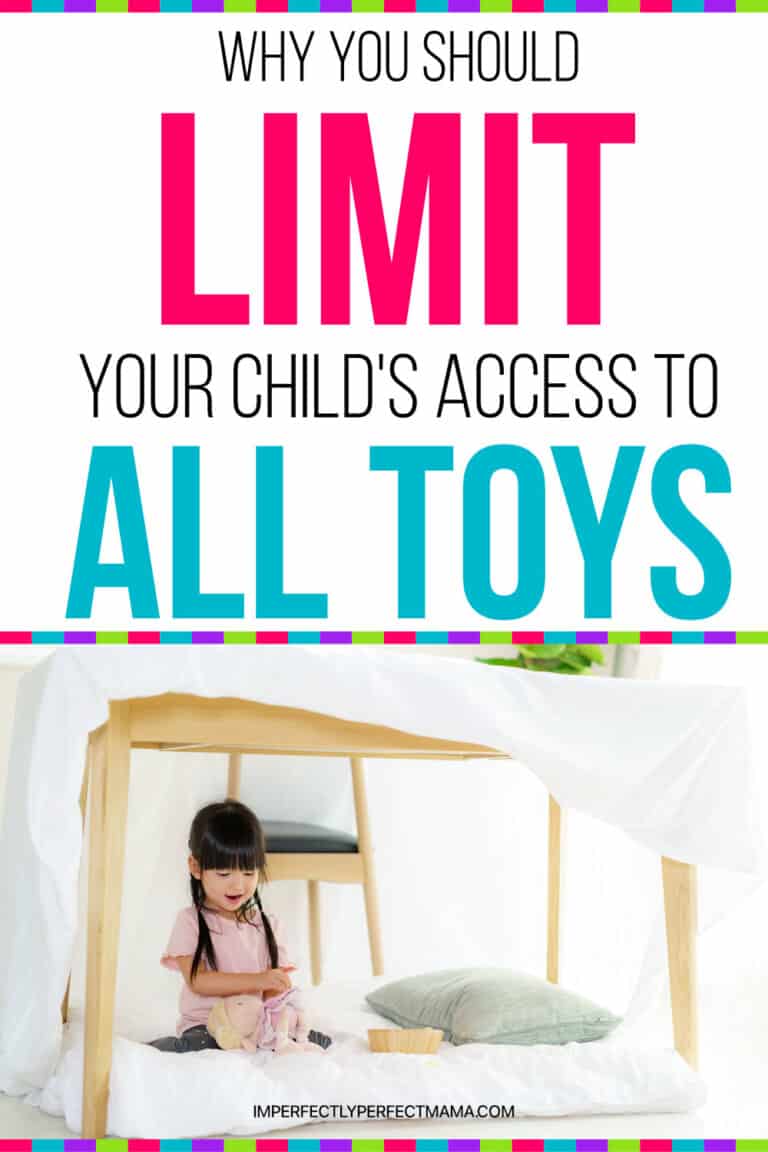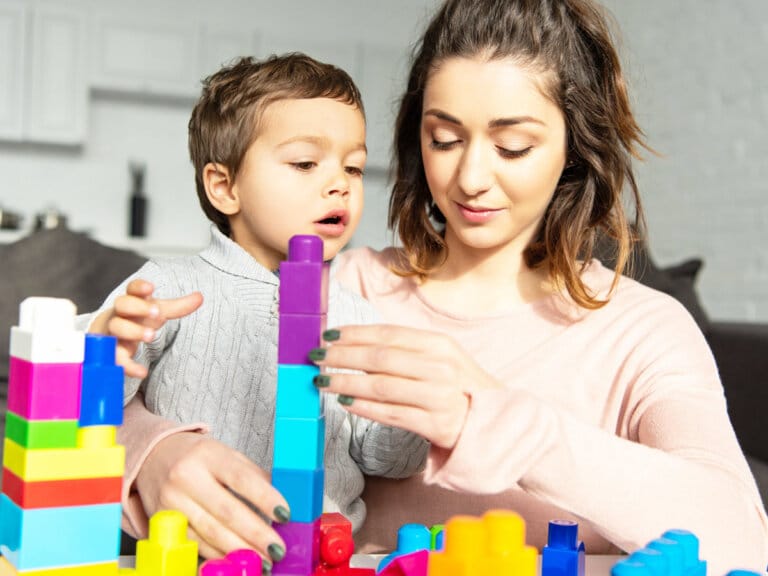Many parents believe that it’s important to provide their children with a variety of toys in order to help them develop different skills.

However, research shows that this may not be the best approach.
In fact, it may be better to limit your kid’s access to all toys at the same time.
By providing fewer options, your child will be more likely to focus on one toy and play with it for a longer period of time.
This will allow them to explore its features and abilities in more detail, helping them learn and grow.
Is it really necessary to have your kids play with all their toys at the same time?
According to researchers, the answer is no.
In fact, having too many toys can actually be detrimental to a child’s development.
Here are 9 reasons why you should limit your kid’s access to all toys at the same time:
1. Kids Will Learn to Appreciate Toys More
Many people think that kids want to have access to every toy all the time.
But in reality, this is not true.
Kids will always appreciate toys more when they don’t have access to all of them at the same time.
They will want to play with the one toy that’s not accessible, and the excitement will make the toy seem more appealing.
They’ll learn to be more careful with their belongings.
But they also will develop a sense of responsibility that can help them later in life.
2. Less Time Spent on Cleaning up After Playtime
If a kid has access to all toys at one time, you can expect to spend the whole day cleaning up after them, especially when it comes to their rooms.
But by limiting their access to play with each toy individually, you will only need to spend minimal time cleaning up.
3. It Encourages Kids to Be Creative and Use Their Imagination

Do you remember being a child and using your imagination to create imaginary worlds?
Or pretending to be different people or animals?
It can be so much fun to use your imagination, and it’s important for kids to do this as often as possible.
If your child has access to all the toys that are available, they will likely use one toy at a time.
Rotating which toy they can play with each day, will encourage the child to use their imagination and make up stories as they play.
4. It Limits the Amount of Toys a Child Has Access to at Any Given Time So They Don’t Feel Overwhelmed
Since childhood, my parents have implemented the toy limit rule in our house.
It wasn’t always popular with me and my brothers when we were younger, but now that we’re older, we absolutely adore it.
What is the toy limit rule you ask? Well, it’s pretty simple. We are only allowed to have a select number of toys out at any given time.
When the toys are all put away, they’re not allowed to be brought back out until after a designated amount of time has passed (usually a week).
This might seem like it would limit our fun, but it really doesn’t. In fact, I think it’s actually made us MORE creative because we’ve had to come up with other ways to have fun.
Too many toys for a child can actually overwhelm them and make them feel like they aren’t worthy of anything.
By only allowing the child access to one or two toys at a time, it will allow them to play with the toy without feeling overwhelmed.
5. Parents Can Rotate Which Toy Is Available for Playtime Each Day or Week, so There’s Always Something New for Your Child to Discover

Did you know that parents can rotate which toy is available for playtime each day or week?
This can be a great way to keep your child interested in all of their toys and prevent them from becoming bored with any one of them.
It’s also a fun way to switch things up each day or week and keep things interesting!
If you allow your kids access to all of their toys at one time, they will likely get bored of them.
But if you rotate the toys and only let them choose two different ones at a time, it will make the toy seem new and exciting.
6. Kids Establish Better Social Skills
Limiting how many toys a child has access to at any given time will allow them to concentrate on playing with one toy and socializing with other people.
It will also help them learn how to share and play together.
7. Kids Can Be More Active
When a child is limited in their access to toys, they will not want to sit down and play with the toy for an extended period of time.
They will want to go outside and play or run around until they are tired.
8. Parents Have More Freedom
When your child only has access to a few toys at one time, this allows you to actually accomplish other chores around the house without having to worry about chasing after them.
You will also be able to get more work done if your child is not outside of your line of sight at all times.
9. Kids Develop a Greater Love for Reading, Writing, and Art
Limiting your child’s access to their toys will encourage them to find other forms of entertainment, which include hobbies like reading, writing, and art.
It will also encourage the child to interact with other people more.
Conclusion
The more a child has access to many toys at the same time, the less likely they are to play with any of them.
If your kids have too many toys and you’re looking for some relief from cleaning up after them all day long or at least keeping track of what’s been played with so it doesn’t get lost, try limiting their toy selections as much as possible.
Limiting your children’s access can help reduce messes in your home and reduce meltdowns when one particular favorite is unavailable (because everyone needs downtime!).
It also helps teach responsibility by allowing children to better understand how choices affect themselves and others around them.




1 Comments